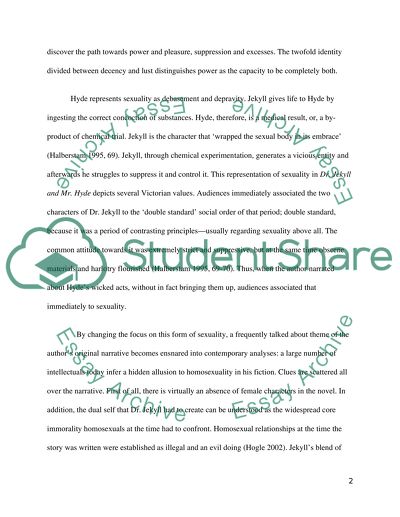Cite this document
(“The Subject of Sexuality in Dr. Jekyll and Mr. Hyde and Bram Stokers Essay”, n.d.)
Retrieved from https://studentshare.org/english/1456308-the-subject-of-sexuality-in-dr-jekyll-and-mr-hyde-and-bram-stokers-dracula
Retrieved from https://studentshare.org/english/1456308-the-subject-of-sexuality-in-dr-jekyll-and-mr-hyde-and-bram-stokers-dracula
(The Subject of Sexuality in Dr. Jekyll and Mr. Hyde and Bram Stokers Essay)
https://studentshare.org/english/1456308-the-subject-of-sexuality-in-dr-jekyll-and-mr-hyde-and-bram-stokers-dracula.
https://studentshare.org/english/1456308-the-subject-of-sexuality-in-dr-jekyll-and-mr-hyde-and-bram-stokers-dracula.
“The Subject of Sexuality in Dr. Jekyll and Mr. Hyde and Bram Stokers Essay”, n.d. https://studentshare.org/english/1456308-the-subject-of-sexuality-in-dr-jekyll-and-mr-hyde-and-bram-stokers-dracula.


